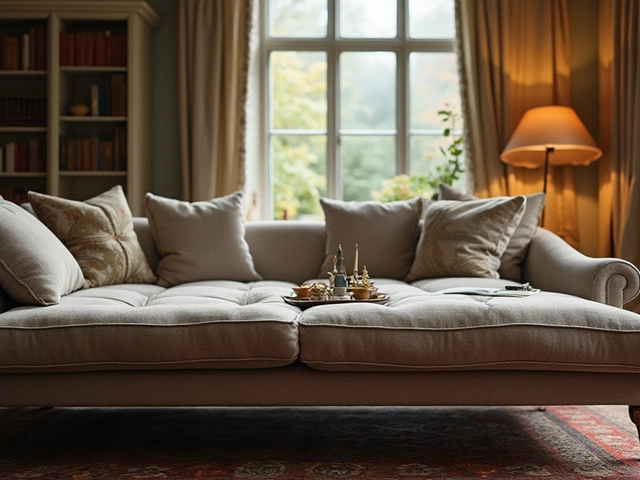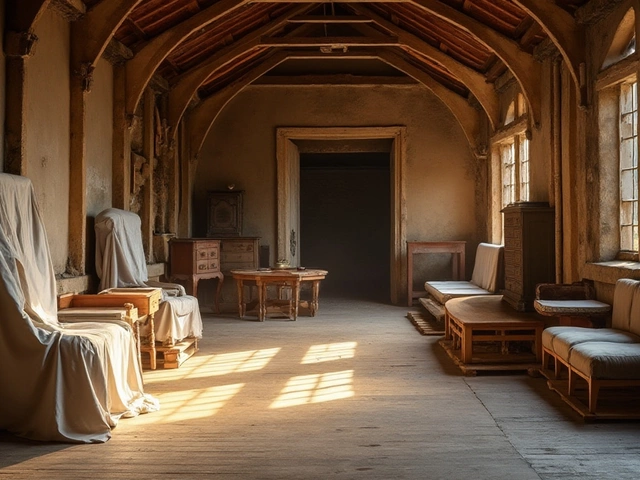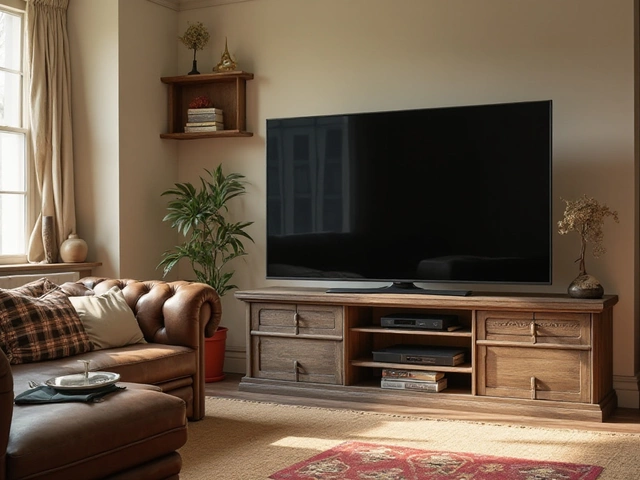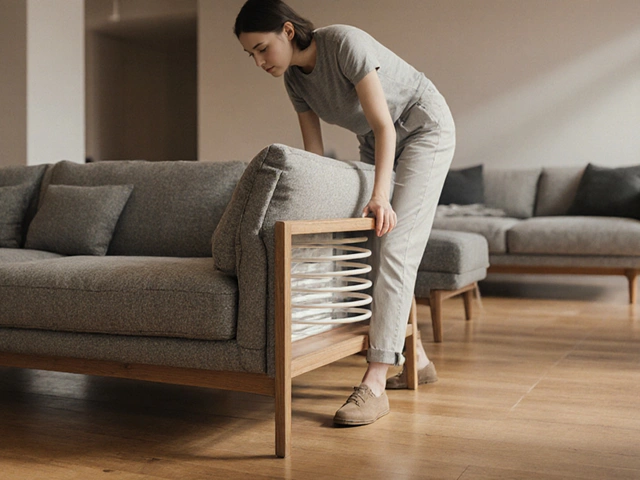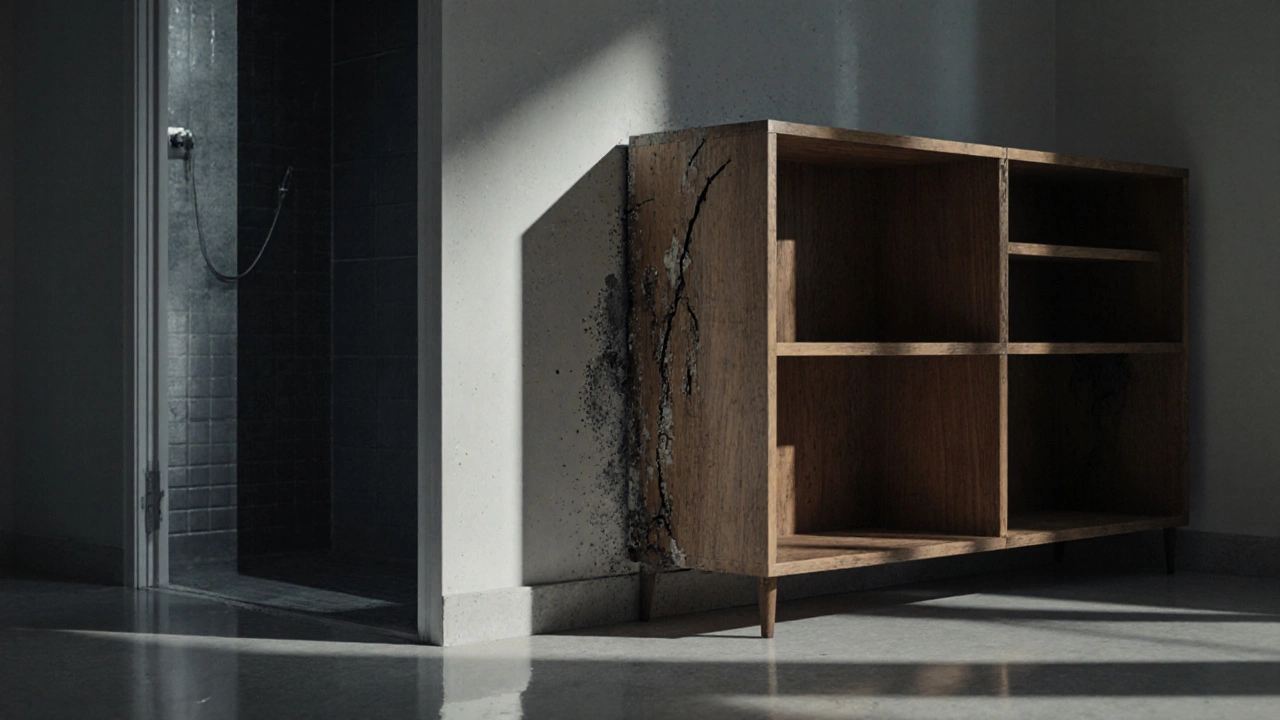 13
Oct,2025
13
Oct,2025
Ever bought a gorgeous bookshelf only to find it looks cramped, warped, or even damages the wall? The culprit is often not the piece itself but where you decide to slot it in. Knowing the wrong spots can save you money, protect your books, and keep your home looking tidy. Below we break down the classic faux pas, why they matter, and how to choose a smarter spot for lasting style.
Key Takeaways
- Avoid placing bookshelves near moisture sources, direct sunlight, or heating vents.
- Check that the wall can support the load; studs are your friend.
- Keep bookshelves out of high‑traffic pathways and door swing areas.
- Consider the room’s function and visual balance before committing.
- Use a simple checklist to spot red flags before you drill.
Understanding the Risks
Each bad location brings a specific problem that can affect the shelf, the books, and the overall room. Let’s look at the most common trouble spots.
Bookshelves are furniture pieces designed to store books, décor, and sometimes media equipment are surprisingly sensitive to their surroundings. Below are the top five enemies you’ll want to keep at arm’s length.
-
Moisture excess humidity or water leaks that can warp wood and invite mold. A bookshelf placed against a bathroom wall, a kitchen backsplash, or a basement slab often absorbs damp air. Over time the wood swells, screws loosen, and the pages of your favorite novel get soggy.
-
Direct Sunlight UV rays that fade covers, discolor paper, and heat the wood. A sunny window sill looks tempting for a display, but the heat can cause the shelf to expand and contract, leading to cracks and wobble.
-
Heating Vents sources of warm, dry air that can dry out wood and warp shelves. Positioning a tall bookshelf directly above a vent creates uneven temperature zones, which can pressure‑fit shelves and cause them to sag.
-
Doorways & Walkways high‑traffic paths where furniture blocks movement or gets knocked. A bookshelf in the middle of a hallway becomes a tripping hazard and an eyesore when it interrupts flow.
-
Floor Studs & Wall Stability the structural backbone needed to safely carry heavy loads. If you mount a deep wall‑unit on drywall without anchoring into studs, the whole thing can pull away from the wall under the weight of a few heavy tomes.
How to Spot Bad Spots Before You Drill
Running a quick visual and tactile audit can prevent costly re‑work. Follow this step‑by‑step checklist:
- Identify any nearby moisture sources (bathrooms, kitchens, laundry rooms). Feel the wall - if it’s cold and damp, skip it.
- Check sun exposure with a light meter or simply watch the area for a full day. If sunlight hits the spot for more than two hours, consider a shaded wall.
- Locate heating, cooling, or air‑flow vents. Measure at least 12 inches vertically from the vent to the bottom of the shelf.
- Map out foot traffic using a simple floor‑plan sketch. Anything on a main path should stay clear.
- Use a stud finder to locate vertical studs. Mark the edges of a stud to know where you can safely anchor.
- Consider the room’s purpose. A reading nook benefits from a quiet corner, while a media room can handle a larger, low‑profile unit.
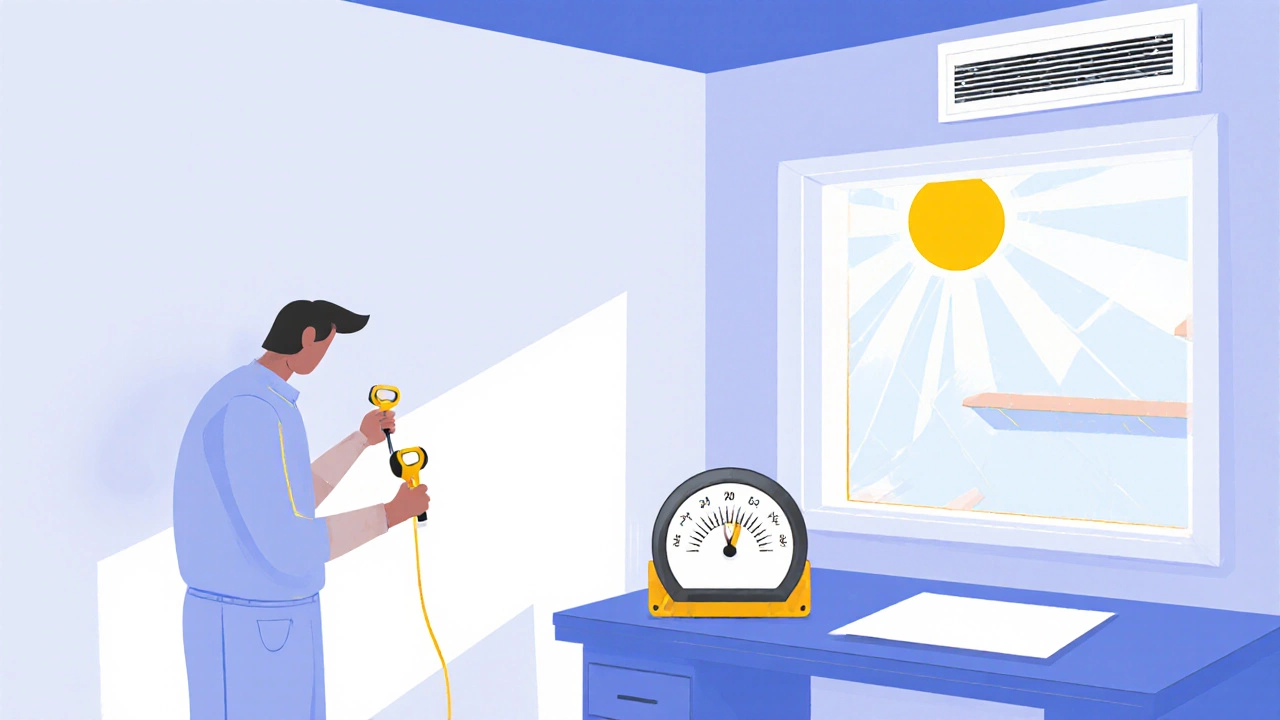
Best Practices for Smart Placement
Now that you know where NOT to put a bookshelf, here’s where you SHOULD consider installing one.
- Corner nooks make efficient use of often‑wasted space and keep traffic flowing.
- Behind a sofa creates a seamless media wall while protecting the unit from accidental bumps.
- Under a window (but not directly in the sun) offers natural light for reading without glare.
- Adjacent to a solid wall with studs ensures weight distribution is even.
- In a dedicated library alcove where temperature and humidity stay stable.
Common Mistakes & Quick Fixes
Even seasoned homeowners slip up. Below are typical slip‑ups and how to remedy them without buying a whole new shelf.
- Over‑loading top shelves - books get heavier toward the bottom. Move heavier volumes lower; use decorative bins for lighter items up top.
- Ignoring floor type - carpet can hide wobble. Place rubber pads or small levelers under each foot to keep the unit steady.
- Skipping wall anchors - a simple toggle bolt into a stud adds massive strength, especially for deep units.
- Placing near pets - cats love to climb. Add a clear acrylic barrier or position the shelf out of reach.
- Neglecting fire safety - keep flammable items (candles, paper piles) away from heat sources.
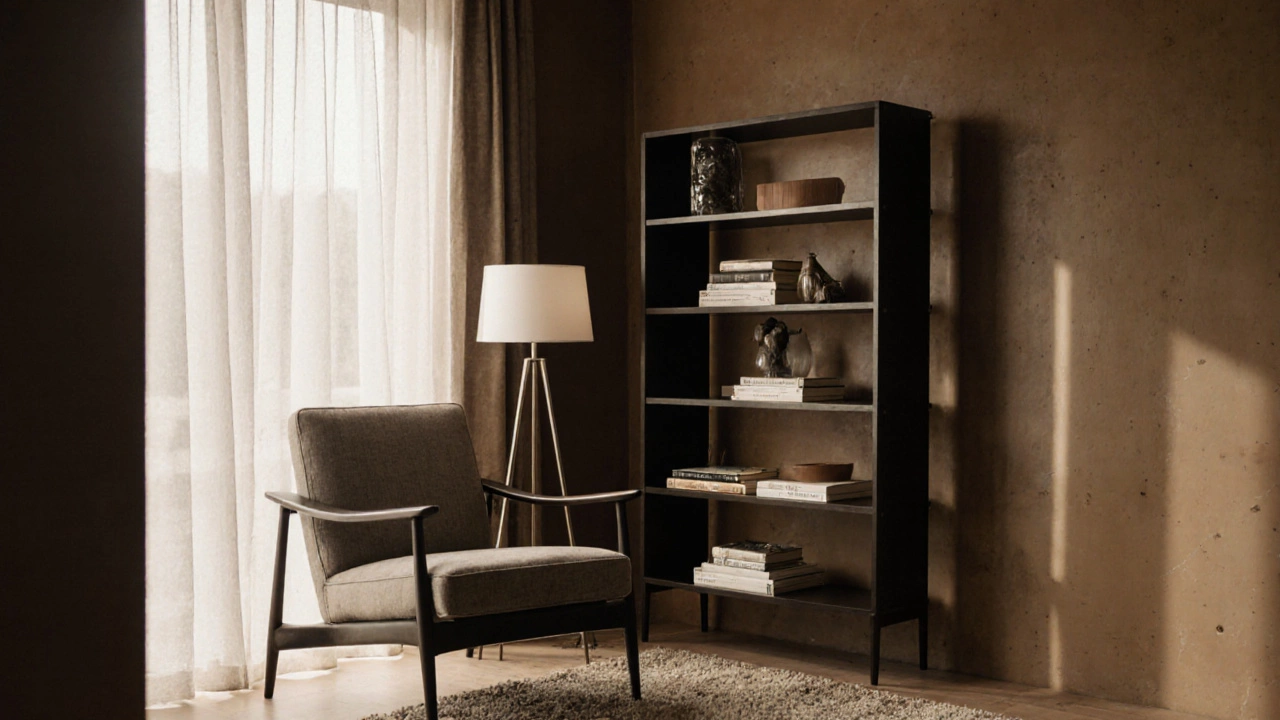
Quick Reference: Bad Locations vs. Risks
| Location | Primary Risk | Why It Matters |
|---|---|---|
| Next to bathroom or kitchen | Moisture damage | Wood swells, screws loosen, mold can grow on books |
| Directly under a sunny window | UV fading & warping | Pages discolor, wood expands and contracts |
| Above a heating vent | Uneven heat exposure | Shelf bows, fasteners weaken over time |
| In the middle of a hallway | Traffic obstruction | Increases tripping risk, shelf gets knocked |
| Mounted on drywall without studs | Structural failure | Heavy books pull the unit away from the wall |
| Near pet play area | Physical damage | Claws, chewing, and accidental toppling |
FAQs
Can I put a bookshelf in a basement?
Yes, but only if the basement is dry, well‑ventilated, and the walls are stable. Install a dehumidifier, use moisture‑resistant finishes, and anchor the unit into studs or concrete.
What distance should I keep from a window?
Aim for at least 12‑18 inches of clearance to reduce heat buildup and UV exposure. A sheer curtain can also filter harsh light.
Do I need to secure a freestanding bookshelf?
If the bookshelf is tall or holds heavy items, anchoring it to the wall prevents tip‑over, especially in homes with kids or pets.
How much weight can a typical wall‑mounted bookshelf hold?
When anchored into studs with proper brackets, a 60‑inch deep unit can safely hold 150‑200 pounds. Always check the hardware specifications.
Is it okay to paint a bookshelf that’s already installed?
Yes, but use a low‑VOC, water‑based paint to avoid off‑gassing that could affect nearby books. Lightly sand the surface first for better adhesion.
By steering clear of moisture, heat, traffic, and structural blind spots, your bookshelf will stay sturdy, your books will stay safe, and your room will look polished. Remember, the right bookshelf placement isn’t just about aesthetics - it’s about protecting what you love.
